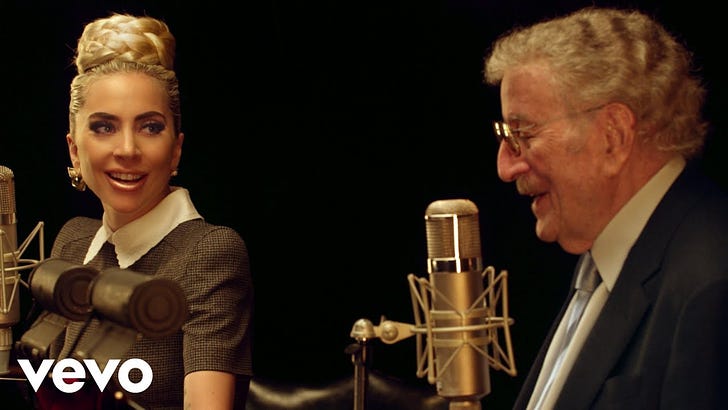Tony Bennett was a star the year I was born, and he remains one today, the day of his passing at age 96. When I was the pop critic (not “rock,” my editor told me the day I was hired at Newsday in 1975) I had the good fortune to see Tony Bennett perform frequently through the years. I grew to love his concerts the way I loved all the greats of the rock era: Ramones, Stones, Neil Young, Springsteen, Bowie, Dylan, Tom Petty, James Brown, Stevie Wonder. . . knowing there would be no bad songs (Young was the eccentric exception), no phoning it in. It was by channeling Tony Bennett, whether with an orchestra or only with his longtime pianist, Ralph Sharon, that I fell in love with what has become known as The Great American Songboook. Cole Porter, the Gershwin Brothers, Johnny Mercer and Harold Arlen, the list goes on. Sinatra was his only peer as a vocalist and interpreter. A Sinatra concert was always exciting, a bit of a psychodrama as Frank fought 15 rounds with the weight of being Fran…
© 2025 Wayne Robins
Substack is the home for great culture



